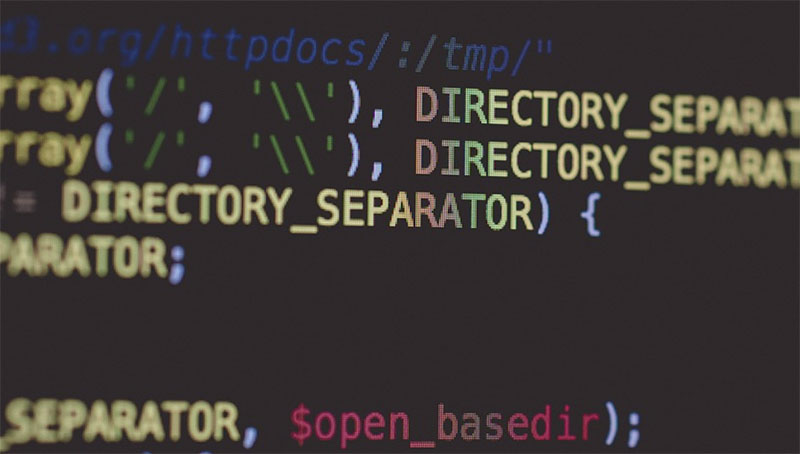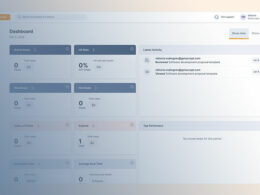API security is a hot topic in the computing world. It’s essential to include API security measures from inception. At its core, API allows various software applications to work with one another. It controls how requests are handled. Cloud computing technology provides a robust framework, and represents a tectonic shift away from monolithic applications.
There are tens of thousands of APIs employed by an ever-increasing number of developers and organizations globally. Over the years, various surveys have been conducted regarding how API security strategies are implemented. Virtually all respondents agree that the successful execution of API strategy is sacrosanct.
API Security Practices Are A Necessity
API security – application programming interfaces – is a necessity, not a luxury. The unprecedented growth of digital platforms has created a burgeoning market for cybercriminals.
As the backbone of our digital ecosystem, APIs allow for seamless and fluid interactions between software applications.
Ironically, it is this free flow of communication that presents problems. Malicious actors usurp the superhighway of data transfer to hijack operations. One cannot overstate the significance of a comprehensive, all-encompassing API security system.
This includes an inventory of APIs and all potential vulnerabilities. With a full checklist in place, it’s possible for companies to prioritize their remediation efforts. Fortunately, advanced API security tools are greatly beneficial in this endeavour. These provide the capabilities to scan source codes and documentation.
By doing so, security consultants can discover weaknesses and create an inventory of all APIs, including those operating behind-the-scenes. These are known as zombie APIs, or shadow APIs.
Enterprises looking for fortified digital operations will want to implement high-tech solutions offering a panoramic view of the entire API inventory. These types of tools go above and beyond, allowing for the detection of vulnerabilities so that remediation efforts can be implemented.
The leading API security best practices solutions align closely with business risk perspectives and strategic objectives.
The Importance of API Security
API security is an indispensable component of the overall system infrastructure. Effective API security facilitates access to network resources and sensitive data for myriad use cases, including Internet of Things devices (IoT) applications and users. The absence of robust security protocols guarantees a vulnerable system.
This puts the infrastructure in harm’s way, with gaping holes that can lead to compromised security networks. API security’s overarching objective is to safeguard the entire system’s integrity. All API requests should be validated, authenticated, and authorized. But more than that, these requests must be processed promptly, even under severe load.
Several sources pertinent to API security exist, notably coded APIs capable of identifying, handling, and disposing of malicious incoming requests, network security controls, and beyond. The growing threats facing companies owing to insecure APIs cannot be ignored.
Since application programming interfaces are the most exposed components of networks, they are susceptible to reverse engineering, exploitation, DOS attacks, and malicious code. There is a mountain of evidence supporting the unprecedented traffic increases, particularly with malicious API attacks over the years. These include reports by Noname Security, Salt Security, RapidAPI and many more.
API Security Best Practices
While there are an ever-increasing number of API security risks, experts are more focused on API security best practices, including the following:
- Always utilise an API gateway
- Authentication and authorization of all devices and users
- Implementation of centralized OAuth servers
- Implementation of access control via test controls managing access to data
- Encryption of network traffic
- Use OAuth scopes for limiting access control
- Validation of data
- Comprehensive assessments of API risks
- Dissemination of necessary information to appropriate parties
- Careful selection of web services API
- A registry of APIs with all the defining characteristics
- Regular security audits vis-a-vis APIs
- Full JWT validation for maintaining the security of APIs
- Careful management of API keys
- Inclusion of artificial intelligence for monitoring APIs
- Full understanding of API consumption
- Zero-Trust security practices to deny all services as a default
- Protect all APIs and do not mix authentication methods
- Utilise JSON (open standard file format) Web Key Sets for distribution
It is vital that companies take actionable steps to implement security measures for the ongoing success of digital operations. A 360° perspective of the API landscape is necessary.
The discussion must move away from an awareness of the problem to the provision of viable solutions to the problem. This is done by leveraging sophisticated tools and processes to reduce vulnerabilities, or eliminate them.
The ever-evolving arena of cyber security threats warrants investment in secure systems, particularly in application programming interfaces.
- Professional Video: Cinematography Apps Like FiLMiC Pro - April 26, 2024
- Optimizing Your Shopify Store for Maximum Dropshipping Success - April 26, 2024
- Python Explained: What is Python Used For? - April 26, 2024









